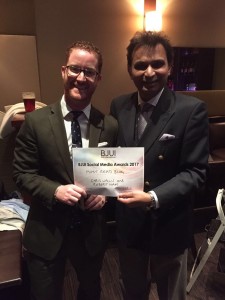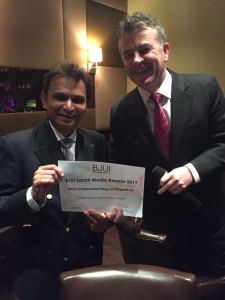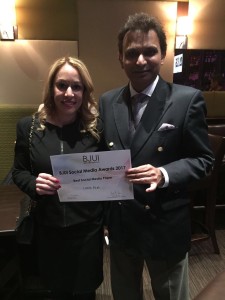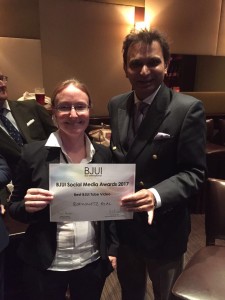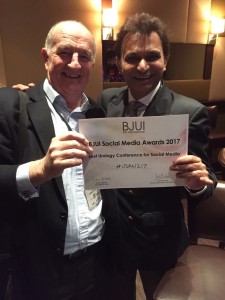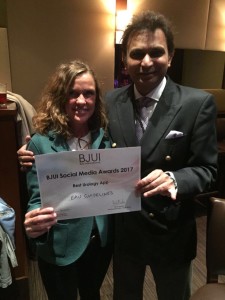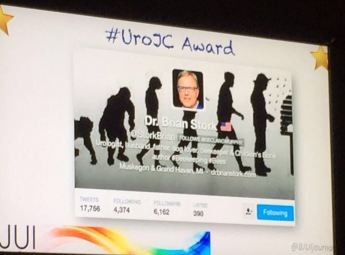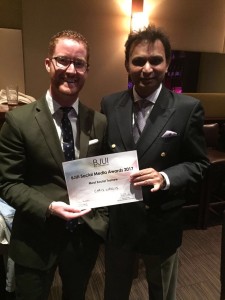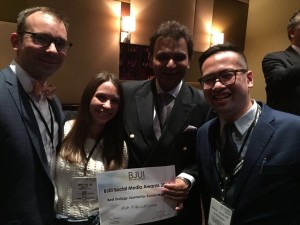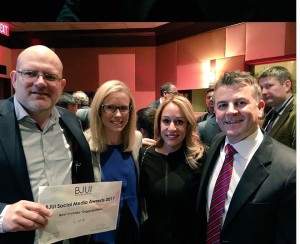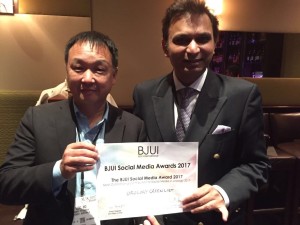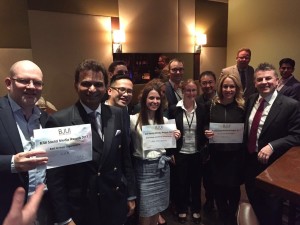Urolithiasis around the world
Stone disease is a highly prevalent condition that unites all countries around the world, although surgical management will depend on many factors including availability of different technologies. However, percutaneous nephrolithotomy (PCNL) remains the cornerstone for the management of larger renal stones in all parts of the world, and Rizvi et al. [1] report on a huge cohort of PCNL procedures – 3 402 to be precise from Karachi. This is a single-centre series, over an 18-year period, reporting real-life data and showing a stone clearance rate of ~80%, as assessed by plain abdominal radiograph of the kidneys, ureters and bladder, and ultrasonography (US). Whilst the definition of stone-free and imaging modality used to judge it remains a contentious issue, this paper reflects the excellence of high-volume surgery in specialist centres.
Recently, the BJUI became the affiliated journal for the International Alliance of Urolithiasis (IAU), whose annual meeting takes place in Shaoxing this month. To celebrate this, we are proud to publish a ‘Best of Urolithiasis’ issue, which features some of the top stone papers published in the BJUI over the last few years [2]. Choosing articles for this was quite a task given the quality and whilst we have attempted to recognise submissions that potentially change practice, the geographical diversity of the work shows not only the global nature of stone disease but also the excellent research that is being done worldwide and in different healthcare systems to improve care and outcomes. Of particular importance are randomised trials that are often lacking in surgical areas. One such paper from China addressed the question of US vs fluoroscopy for PCNL access during mini-PCNL [3]. Whilst the truth is that surgeons should use whatever gives the best outcomes, the authors in a very high-volume centre were able to demonstrate the effectiveness of US-only punctures, although a combination may be better in complex stone burdens. Another randomised controlled trial (RCT) of clinical importance was from the USA, where the authors conducted a good quality double-blind RCT of NSAID use before ureteric stent removal under local anaesthesia [4]. Whilst a small study, the incidence of severe pain in the 24 h after stent removal was 55% in the placebo group vs 0% in the NSAID group – as such this simple study should have changed practice for all who perform this procedure.
Other papers worthy of inclusion include a single-centre experience of the conservative management of staghorn calculi, which challenges the dogma that all staghorn stones should be treated [5]. This single-centre series showed a conservative policy could be adopted in highly selected patients. Is this practice changing? Maybe … but it certainly gives an evidence base for stone surgeons in making decisions in very high-risk patients. Manoj Monga and his group recently reported on the accuracy of US for the detection of renal stones [6]. This again is a very important topic and a question that commonly arises. In a series of >500 patients with US-detected stones who subsequently underwent CT scanning, 22% of patients would have been inappropriately counselled about their stone based on US alone. Again, the message is clear … US is a good screening tool but do not rely on it for treatment decisions.
I hope you take the time to check out the virtual issue on urolithiasis and read the other papers I could not mention here. Please continue to send your high-quality stone papers to the BJUI and maybe your submission will feature in our next ‘Best of Urolithiasis’ issue.



